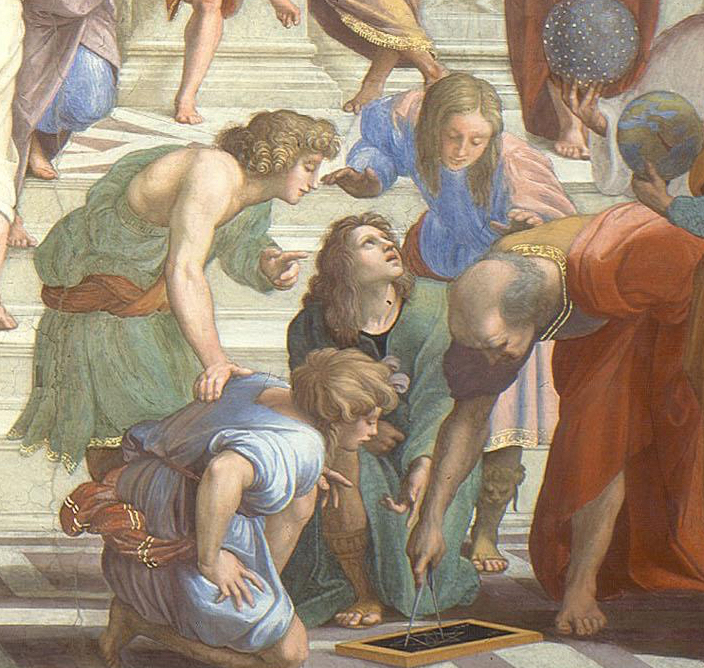Backstory to "Two Parties"
One of the great advances made by the Impressionists, so the art critics tell us, is their moving out of the studio and capturing the “freshness of the moment”: in quieter scenes at home (Mary Cassatt), the countryside (Manet’s Giverny), scenes in the park (Seurat), frolics at an outdoor party (Renoir). There was a resolute turning away from traditional themes of history painting, with their moralizing theatricality, in favor of a celebration of the moments in real, present life.
Unfortunately for the Impressionists’ historical timing, a new visual form — photography— appeared at the same time, and utterly swamped the traditional art of painting with its ability to take instant pictures anytime, anywhere , even by amateurs with no artistic training by armed with a good camera. However, no photographer, without resorting to patent and ludicrous trickery, could conjure of a scene from the distant past or from mythology.
However, traditional painters had an advantage even in the realm of rendering contemporary scenes. Hermans’s painting might have been captured by a photographer. But it would involve amazing luck, and, given the limitations of photography in the 1870s, an impossible ability to stop the action in an instant, and render it in color. Some later photographers, like Weegee, possessed a like ability of find subjects for his photographs that came near to the intended message of traditional painters like Hermans. But the bodily attitudes, facial expressions, and above all the social juxtaposition of the partying rich and working peasants (note the wooden shoes) gave Hermans the ability to present a poignant contrast that we never find in the insouciant, pretty renderings of Impressionists like Renoir.
Today, the elite who run contemporary art museum boards still fall under the spell of the non-traditional artists. Perhaps, as Tom Wolfe suggests, such purchasers and critics seen themselves as aides-de-camp or honorary Cong guerrillas “in the vanguard march through the land of the philistines.” Fortunately, given the chance to show their works to the world, many organizations (such as salon.com) have not turned their backs on practitioners who have taken the trouble to master traditional techniques of drawing and composition, and dedicate their professional lives to the ancient goal of art: “to instruct by pleasing.”

